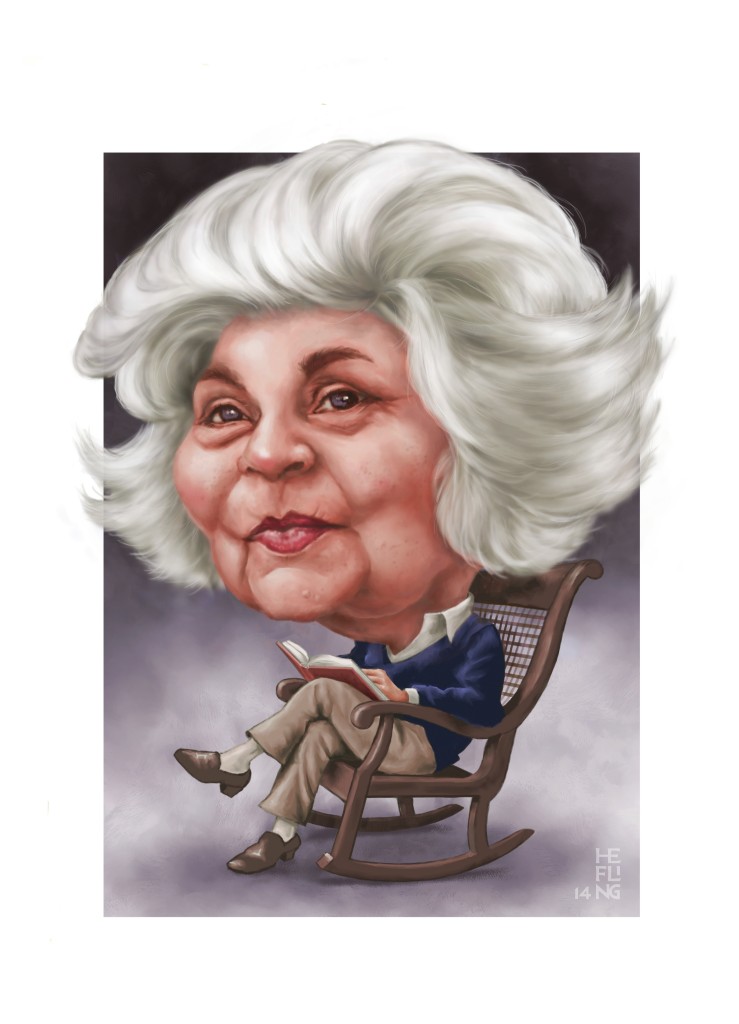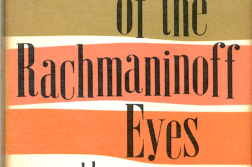I REMEMBER it vividly. On October 7, 1979, having walked from a poetry workshop in Harvard Square to Sanders Theater for a reading by Elizabeth Bishop—a benefit for the journal Ploughshares—I found a seat and craned my neck to catch a glimpse of the poet. Instead, the Plough-shares editor took the microphone  and called for our attention. Did he say directly, “Elizabeth Bishop has died,” or did we infer it from the empty stage? In those days, before the Internet, most people would only learn from the next morning’s Boston Globe that the poet had succumbed to a cerebral aneurysm the night before, in her apartment on Lewis Wharf, where her partner, Alice Methfessel, had found her. Bishop was 68.
and called for our attention. Did he say directly, “Elizabeth Bishop has died,” or did we infer it from the empty stage? In those days, before the Internet, most people would only learn from the next morning’s Boston Globe that the poet had succumbed to a cerebral aneurysm the night before, in her apartment on Lewis Wharf, where her partner, Alice Methfessel, had found her. Bishop was 68.
Several writers who were close friends of the poet walked to the chairs set out onstage, each with favorite poems of hers to read, and sat down. But first, poet Rosanna Warren introduced Irish writer Mary Lavin, who had also been on the program.
I was reminded of Bishop’s leave-taking when I picked up The Cambridge Companion to Elizabeth Bishop, edited by Angus Cleghorn and Jonathan Ellis (Cambridge University Press, 2014), with twelve lively essays by Bishop scholars. At the time of her death, Bishop was known as a brilliant and meticulous writer. Since then, her reputation has grown, and in a recent definitive guide to poetic genres, only Auden is cited more. Although she published fewer than 100 poems in her lifetime, she left thousands of pages of uncollected work. Over the past decade, three books of new poems and prose have appeared, adding excitement to Bishop studies. The essays in The Cambridge Companion examine this material and point to areas for further exploration. I was caught by two factors that contributed to the development of her art: the importance of her early years with her mother and of her romantic relationships with other women.
Bishop was born in Worcester, Massachusetts, but spent her early childhood in Great Village, Nova Scotia, where her mother had been born and where she returned after her husband’s untimely death. Soon after that, when Elizabeth was five, Gertrude Bishop was institutionalized with mental illness, leaving the child to be raised by grandparents and other relatives. Scholars have largely ignored Bishop’s years with her mother, but essayist Sandra Barry argues that they helped form not only the poet’s character but also her writer’s voice and themes. In her creative process, Barry observes, Bishop “held onto and let go of her mother, over and over again.” This pattern can be seen in Bishop’s prose tale, “In the Village,” as well as in recently published poems such as “Swan-Boat Ride,” and in well-known ones such as “The Map” or “At the Fishhouses.”
As a writer, I find it hard to know when to sit still, arranging words, and when to head out for a walk. Bishop alternated between these postures, gathering experience that she would store, working it into poems days, months, or years later. “The Moose,” for example, published in 1970, was based on a bus trip taken in Canada more than two decades before. Bishop was a traveler. She visited Paris, Rome, London, and Mexico as a young woman, and lived for longer stretches in Florida, New York, Brazil, and Washington before returning to Massachusetts. While the titles of her books—North & South, Questions of Travel, Geography III—evoke exploration, many of her poems, such as “The Prodigal,” suggest a parallel longing for home.
Bishop was a keen observer of places and relationships. An introvert, she was predisposed to discretion. Robert Lowell was a lifelong friend and literary intimate, but the writer’s romantic ties were to women, a matter she preferred not to talk about. Her friend and literary executor, the gay poet Frank Bidart, told Bishop biographer Gary Fountain that the poet did not want people to know she was a lesbian out of “distrust of the straight world.”
Bishop’s archives include ardent poems written in celebration of women she loved. The question is, why hadn’t they been published before? One reason might be the poet’s reticence. A second may be her determination not to be seen as a “confessional” poet à la Anne Sexton or Sylvia Plath. A third is that it was hard to get lesbian love poetry accepted for publication. In 1953, for example, The New Yorker rejected Bishop’s modest celebration of female intimacy, “The Shampoo.” There’s little reason to think that the poems she held back, such as “It is marvellous to wake up together” or “Close close all night,” would have had better luck—to say nothing of poems like the exultantly erotic “Vague Poem,” with lines like, “Rose-rock, unformed, flesh beginning crystal by crystal,/ clear pink breasts and darker, crystalline nipples.” Interestingly, based on their reading of her work, contributors Thomas Travisano and Lorrie Goldensohn find evidence of Bishop’s personal history, including hints of lesbian desire, throughout her work, including the established canon.
While Bishop avoided labeling herself (or others), her poems speak to the pleasure she took in intimate experience. This intense but guarded excitement is the quality Brazilian director Bruno Barreto seeks to capture in Reaching for the Moon (2013), a film about Bishop and her sixteen years with self-taught Brazilian architect Lota de Macedo Soares.
The film’s photography is stunning, expertly showing the modernist house and lush landscape in the mountains above Rio where the pair lived. Lota was outgoing and wealthy, with political connections, and their home became a stopping-off place for prominent artists and writers. It is easy to see how Brazilian festivities offered subjects for Bishop’s poetry, but the film struck me as less successful in showing how the poet managed day-to-day writing. More critically, it did not show why Bishop felt the years with Lota were the happiest of her life, or what held the two women together. Perhaps, at least for Bishop, the binding forces were security and novelty: being held and supported in an exotic setting where her situation didn’t need to be categorized or explained.
In the end, although I could better see how childhood experience generates material for poetry, and how a loving partner helps sustain an artistic life, neither The Cambridge Companion nor Reaching for the Moon brought me closer to the poet herself. I tried perusing Bishop’s letters, of which she wrote thousands. They conjured her intelligence, as well as her peccadilloes, but left me craving a more immediate experience.
But then I found on-line a tape cassette assembled from Bishop’s readings at Yale in 1947 and after, and began listening. Here was genuine poetry—not “performance art,” like some current verse, but poetry in plain words, plainly spoken. The recordings gave up even more. Bishop’s slightly raspy voice—with occasional inflections and asides, her nervous racing (except when she stopped to take a sip of water), her adroit doggedness as she marched through each piece, sure-footed and undramatic—brought her to life. I thought: maybe that’s what I’d been missing since that night in Sanders Theater—the poet’s literal voice, however imperfect, delivering those impeccably crafted poems.
Rosemary Booth is a writer and photographer living in Cambridge, Mass.





